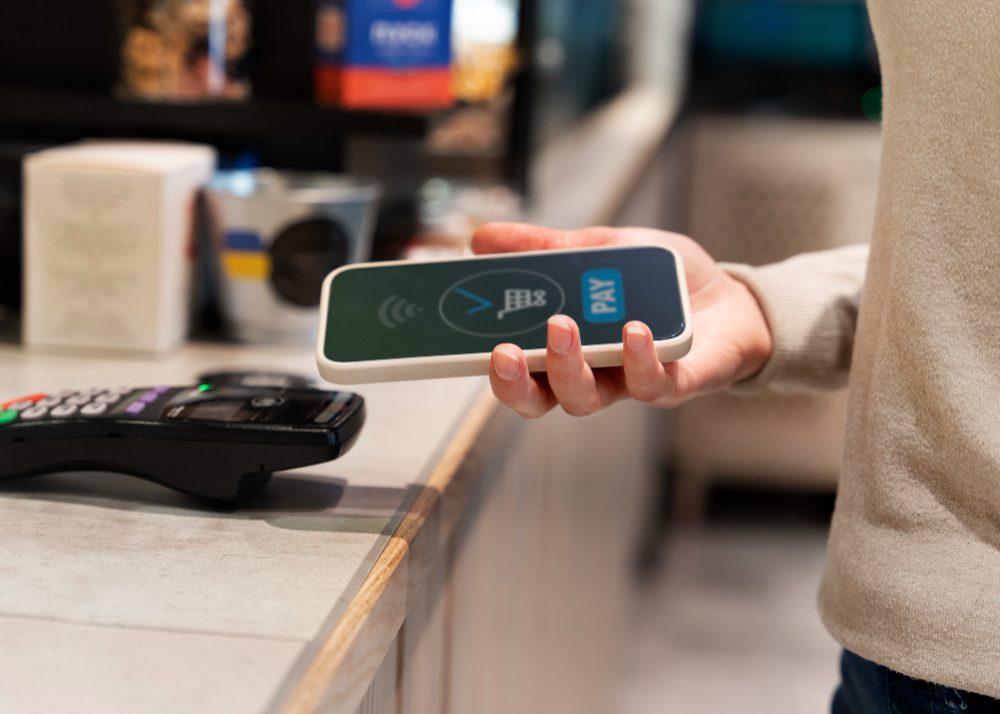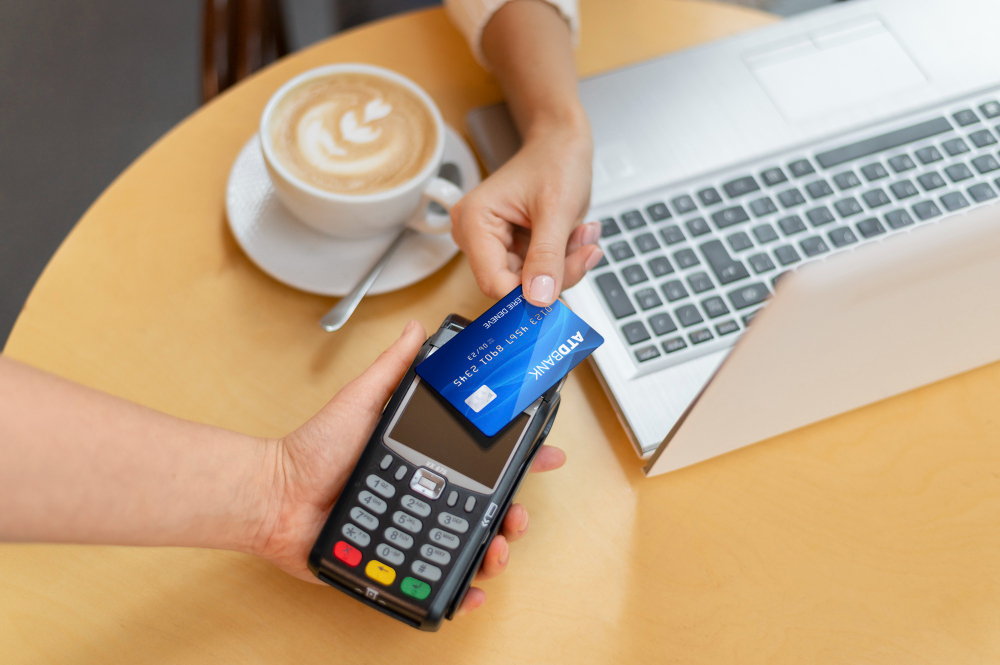Dual pricing offers businesses a versatile tool to tailor payment options, accommodating diverse customer needs and enhancing payment flexibility.
Dual pricing, a proven pricing strategy, is doing the rounds in the modern payment industry. Yet many retailers needed help implementing it simultaneously because of the technological limitations on POS or outdated payment gateways. Now, it’s easier than ever to use Dual Pricing, thanks to new technology and the latest systems available. This presents new revenue opportunities for businesses ready to leverage this strategy effectively.
In this competitive market, businesses use various pricing strategies to stand out. Dual pricing is gaining popularity for its simplicity and compliance. This approach helps businesses consider payment processing and other variable costs across different markets, giving them a competitive edge.
This blog will discuss what dual pricing is in detail, covering its advantages, key considerations, and the delicate balance businesses need to maintain for successful implementation.
What is Dual Pricing?
First, let us help you understand the dual pricing in depth. Dual pricing involves merchants setting different prices based on the payment method used by consumers, such as cash or credit card. It includes charging higher fees for credit or debit card transactions to cover processing costs.
So, how do you navigate implementing dual pricing? First, it’s important to understand your target market and their payment preferences. To successfully implement dual pricing, comprehend your target market and their payment preferences. For example, offering a discount for debit and cash payments may be effective even if most of your customers prefer to pay digitally. Using two different prices could be helpful if your customers include people who often pay with cash.
Value of Dual Pricing
Dual pricing helps your business maintain a competitive edge in the market. Businesses can adapt their pricing strategies by providing different prices to be more competitive. Dual pricing can provide specific advantages when focusing solely on the supportive use cases.
- Building reputation: New brands can use dual pricing to attract attention and build a positive consumer reputation. By combining dual pricing with other strategies, companies can customize their approach to achieve their goals effectively. This method allows businesses to stand out and gain credibility in the market.
- Managing distribution costs: Dual pricing can assist emerging brands in overcoming the challenges of rising distribution expenses. By using a dual pricing strategy, businesses can offset rising costs to boost revenue. This way, businesses can navigate cost challenges while maintaining their edge.
- Customer Acquisition and Retention: Providing competitive pricing is a proven strategy for acquiring and retaining new customers. By offering affordable prices, businesses can expand their customer base and cultivate loyalty among their target audience. Maintaining competitive prices is crucial for customer retention and fostering long-term relationships with buyers.
- Expanding market reach: Dual pricing helps businesses reach more customers by offering different prices to different customer groups, thus expanding their market reach. A business can attract customers who are willing to pay higher prices and cater to diverse customer preferences by setting different prices for different groups.
Understanding the Dual Pricing Approach
Dual pricing entails offering a reduced price, often termed as a discount, to customers who pay with cash compared to those using credit cards for the same goods or services. This approach enables businesses to leverage their customer base’s preferences, spending habits, and purchasing tendencies.
This dynamic pricing model is adaptable to both emerging and established markets, facilitating the expansion of customer reach. By dynamically adjusting prices in response to market dynamics, businesses can enhance competitiveness, potentially expanding their market presence and revenue streams.
A dual pricing strategy with discounts enables businesses to venture into untapped markets and draw in fresh customers. Simultaneously, it addresses the preferences of loyal customers who prioritize fair and transparent pricing practices.
5 Benefits of Dual Pricing

Here are five key benefits of applying dual pricing strategies:
- Cost Savings: Implementing dual pricing strategies can lead to significant cost savings for your business. By utilizing dual pricing, you can generate tangible profits that you can reinvest for growth. This approach allows businesses to share processing costs with customers, ultimately improving overall financial efficiency.
- Adjustments to Flexible Pricing: Dual pricing strategies offer retailers the flexibility to dynamically adjust prices in response to evolving market dynamics, demand fluctuations, and industry pressures. Businesses can stay competitive and agile when adapting price points in today’s dynamic pricing retail environment.
- Better User Experience: Dual pricing can enhance the user experience by simplifying the purchase process, minimizing customer confusion, and reducing friction. By transparently displaying potential savings for multiple payment options, businesses can streamline transactions. At the same time, merchants have the flexibility to select the sales flow that best suits their business needs.
- Distinctive Positioning: Businesses can stand out from competitors by offering customers multiple pricing tiers, creating a unique value proposition. Premium options can position a business as a provider of top-quality products or services, appealing to customers seeking exceptional experiences.
- Adaptability in Strategy: With dual pricing, businesses can experiment with different pricing strategies across various markets, gathering valuable insights into customer preferences. Such data is a foundation for informed pricing decisions and overall business strategy.
Explore the Nilon Dual Pricing Features
- Benefit from discounts on preferred modes of payment, free from additional charges.
- Ensure transparency by displaying items cost in dual pricing mode.
- Customize and print messages on receipts, while securely storing them for future reference.
- Simplify transactions while maintaining transparency with clear dual pricing display.
- Offer a virtual terminal and a portal for payment collection.
- Provide a Virtual terminal and portal for payment collection, featuring dual pricing options.
Tips on how to collect payment through Nilon Go mobile app
- Connect your Point of Sale (POS) to the Nilon Go App.
- Select the “collect payment” option.
- Complete payments and receive receipts instantly.
- Simplify your transactions with ease and efficiency.
Key Takeaways of Dual Pricing
- Market Segmentation: Customize prices for different customer groups.
- Revenue Maximization: Capture a broad customer base to maximize earnings.
- Competitive Differentiation: Stand out by offering unique pricing options.
- Pricing Flexibility: Adjust prices based on market conditions.
- Profit Optimization: Optimize pricing strategies to boost profitability.
The Bottom Line
Dual pricing has become popular for many reasons. But mainly because they can minimize your processing prices via easy measures. This is an ideal way for businesses to navigate diverse pricing scenarios skillfully.
Are you looking for ways to increase sales and improve customer satisfaction? Consider implementing a dual pricing strategy with discounts. This approach benefits businesses and consumers, promoting better deals and encouraging cash transactions. Feel free to contact Nilon product experts to learn more about the Dual Pricing benefits in detail!
Frequently Asked Questions (FAQ's)
Nilon Dual pricing is available to any business or organization aiming to offer different prices for the same product or service to distinct customer groups. However, it’s essential to consider legal and ethical implications, which may vary based on the location and context.







